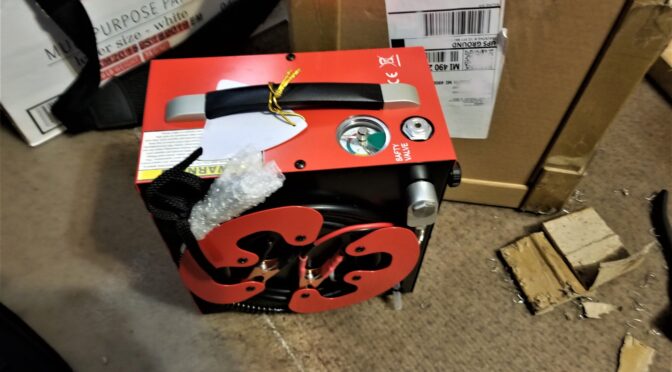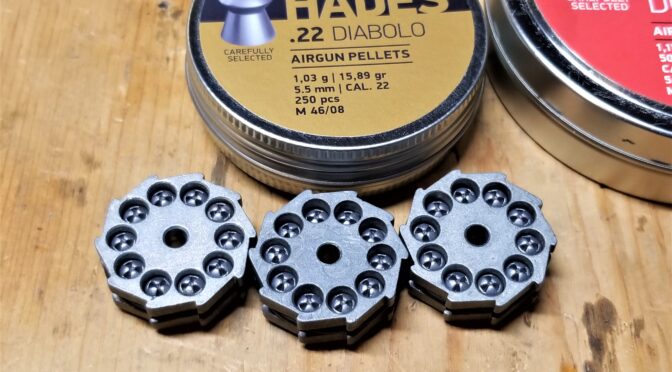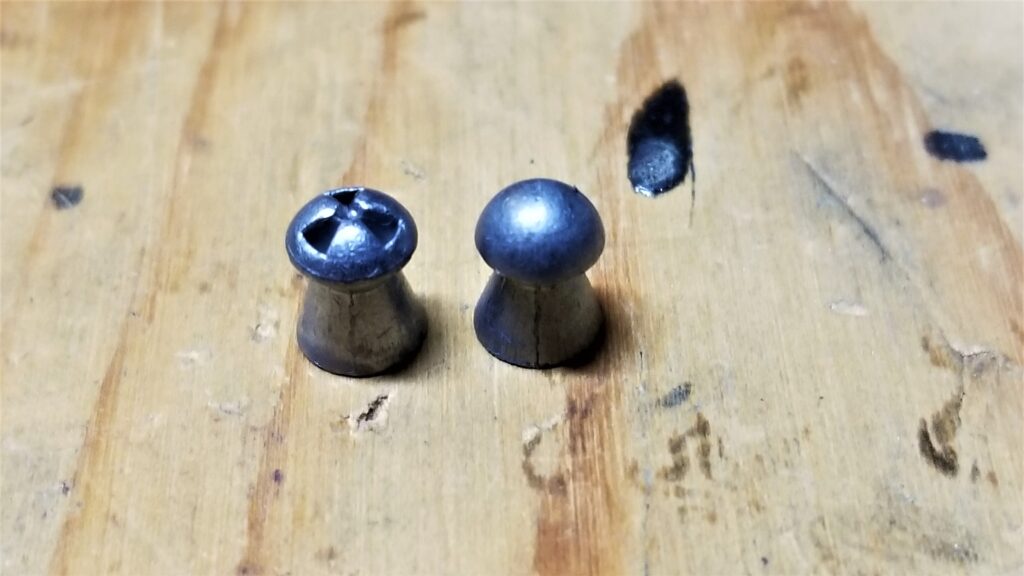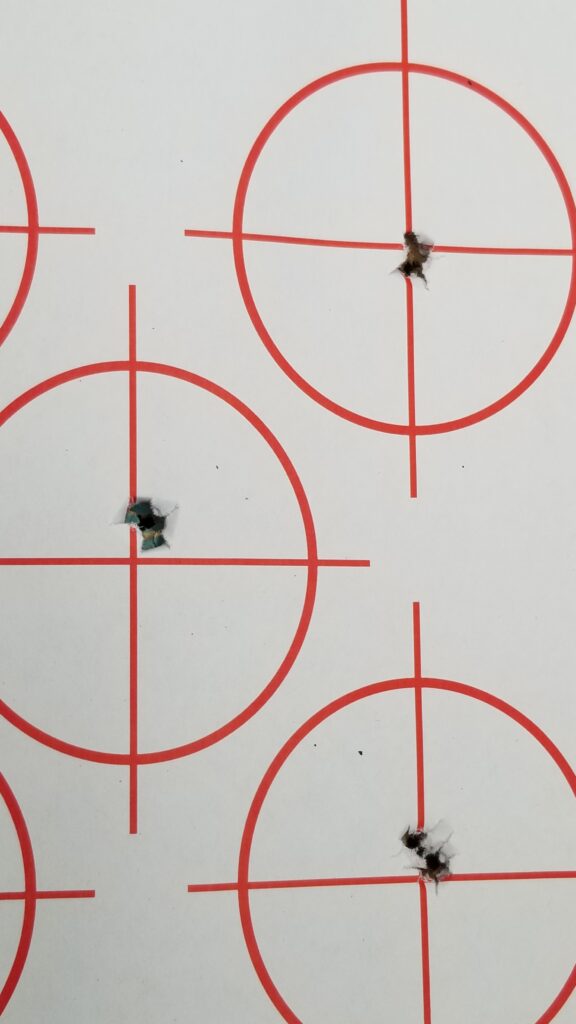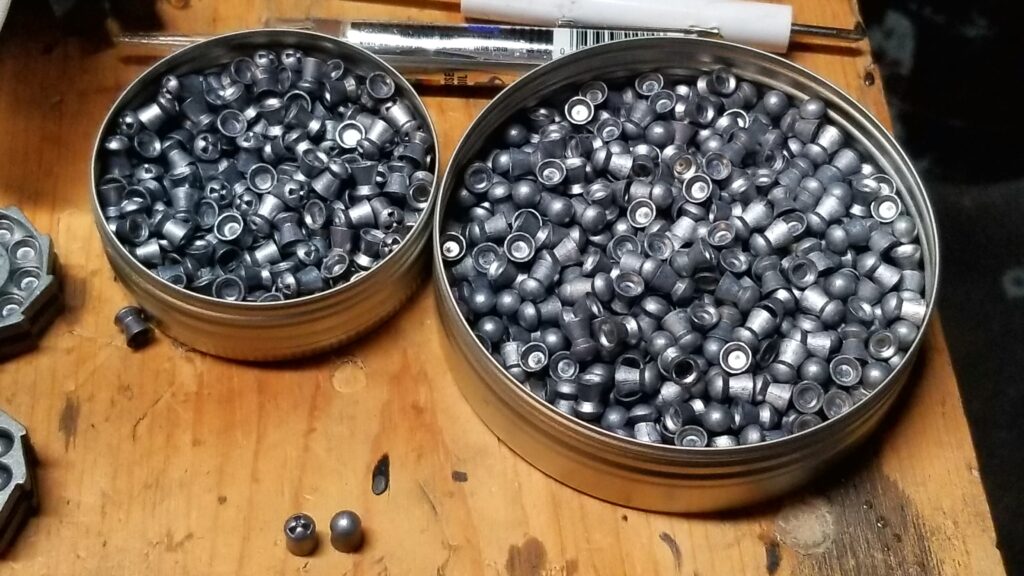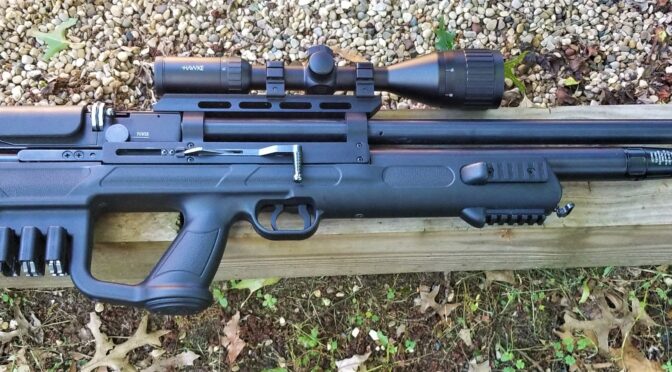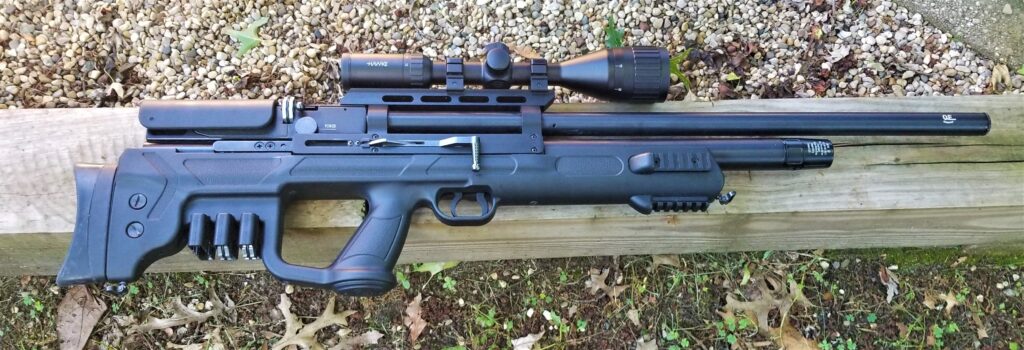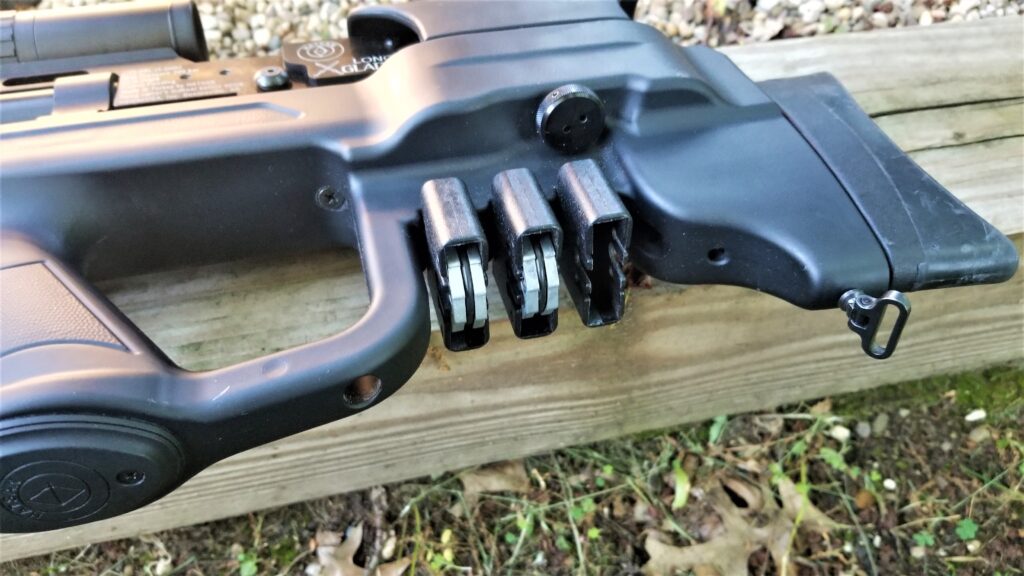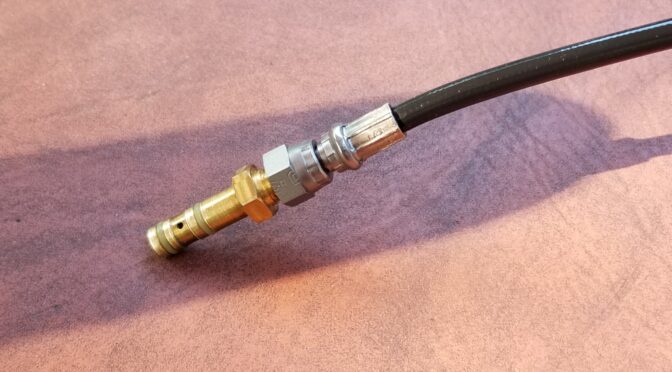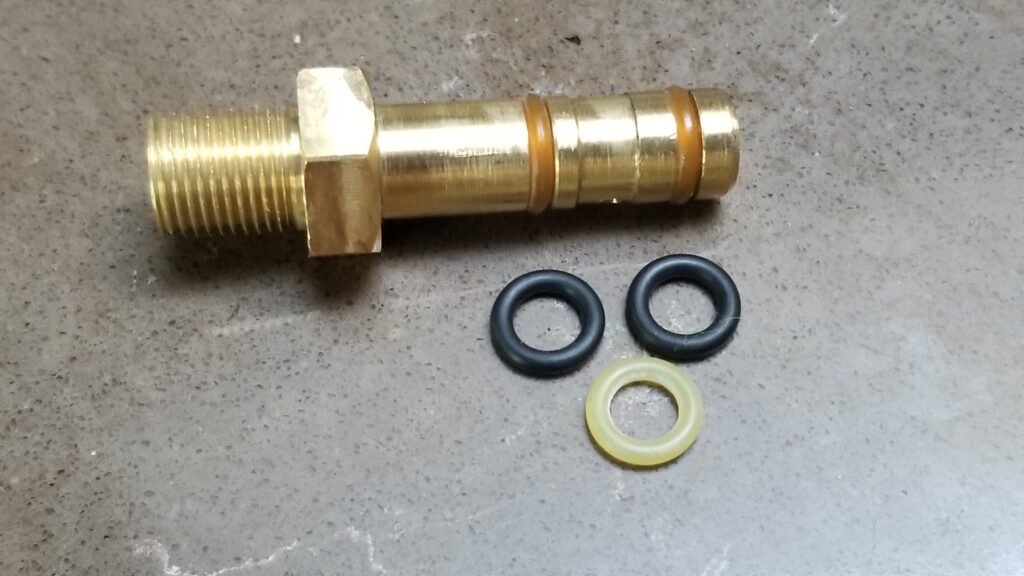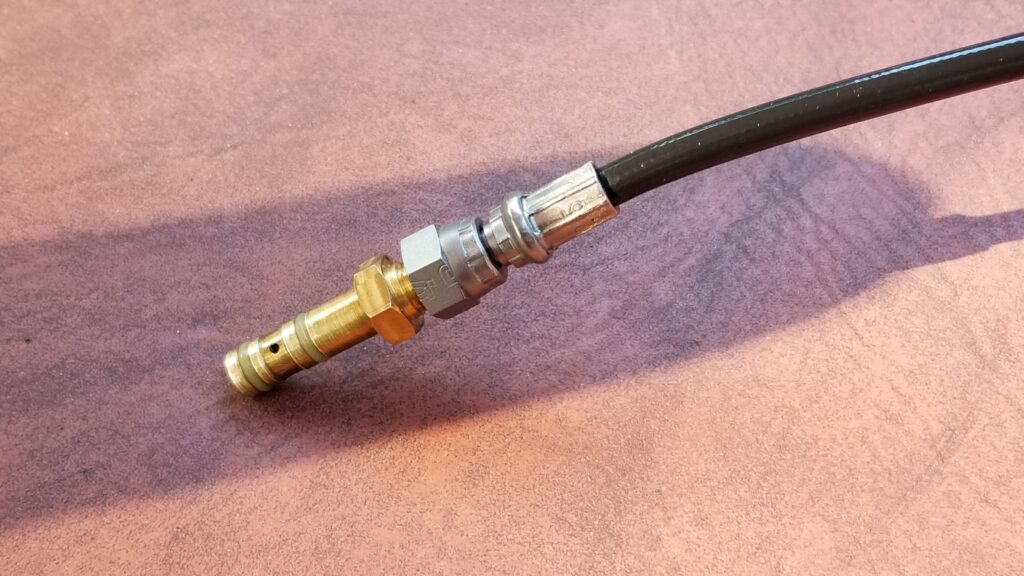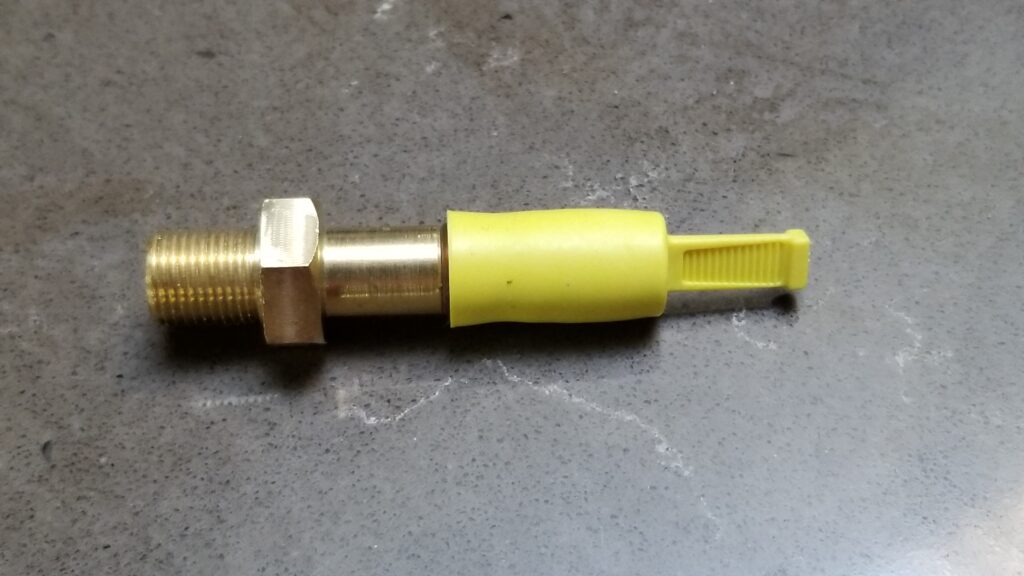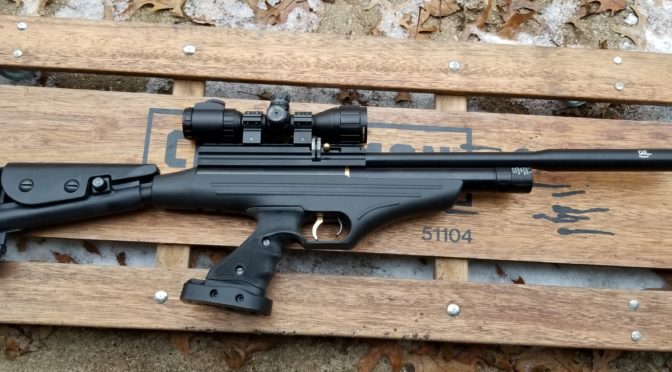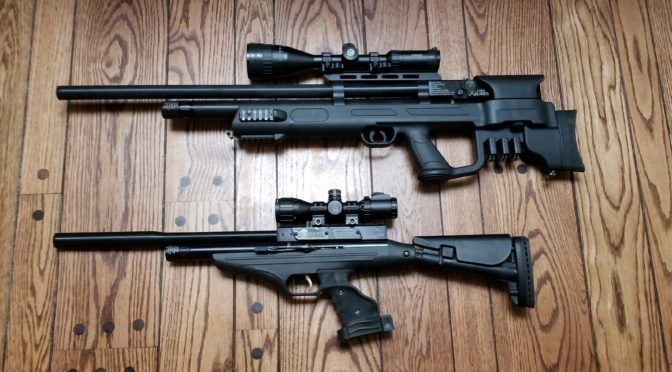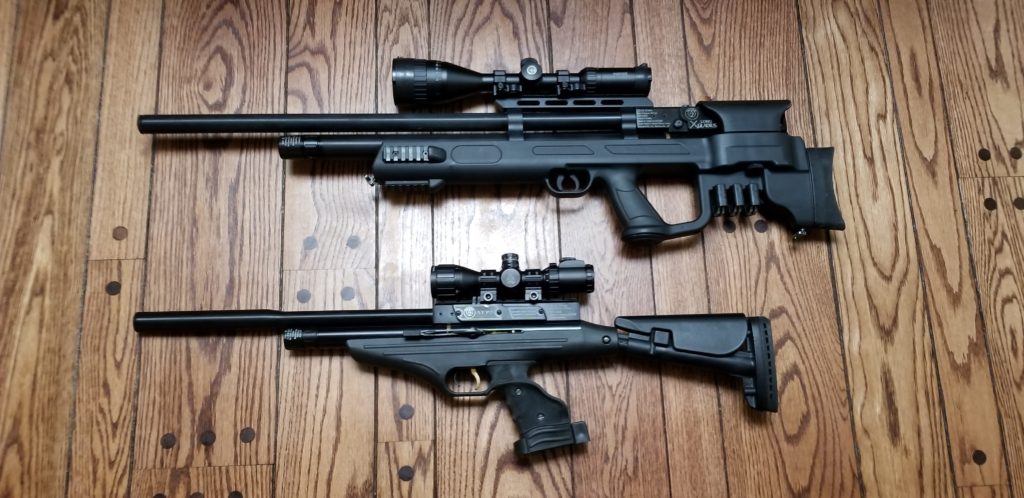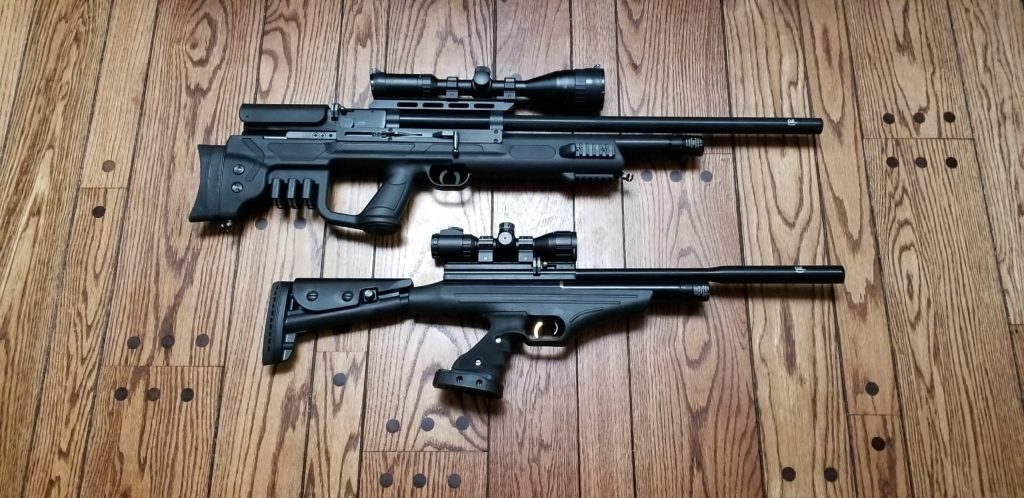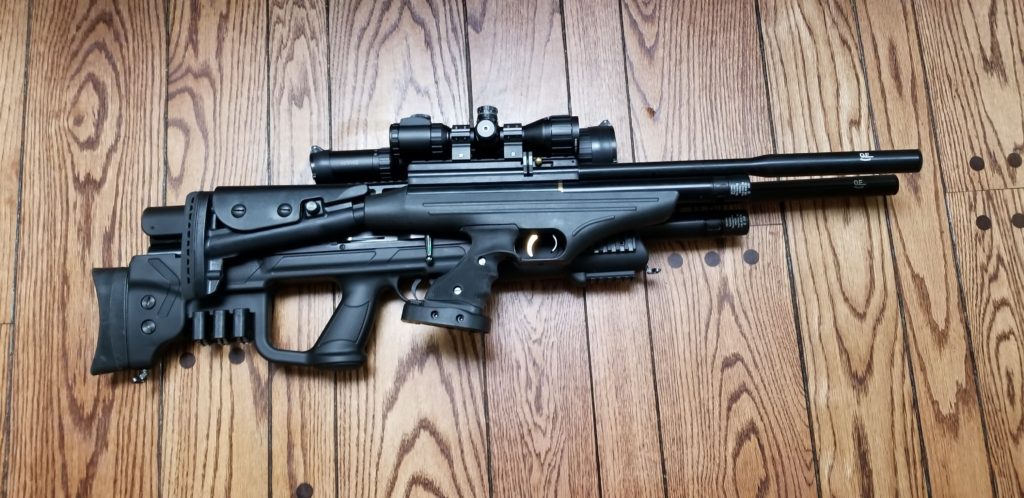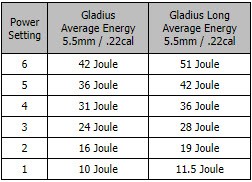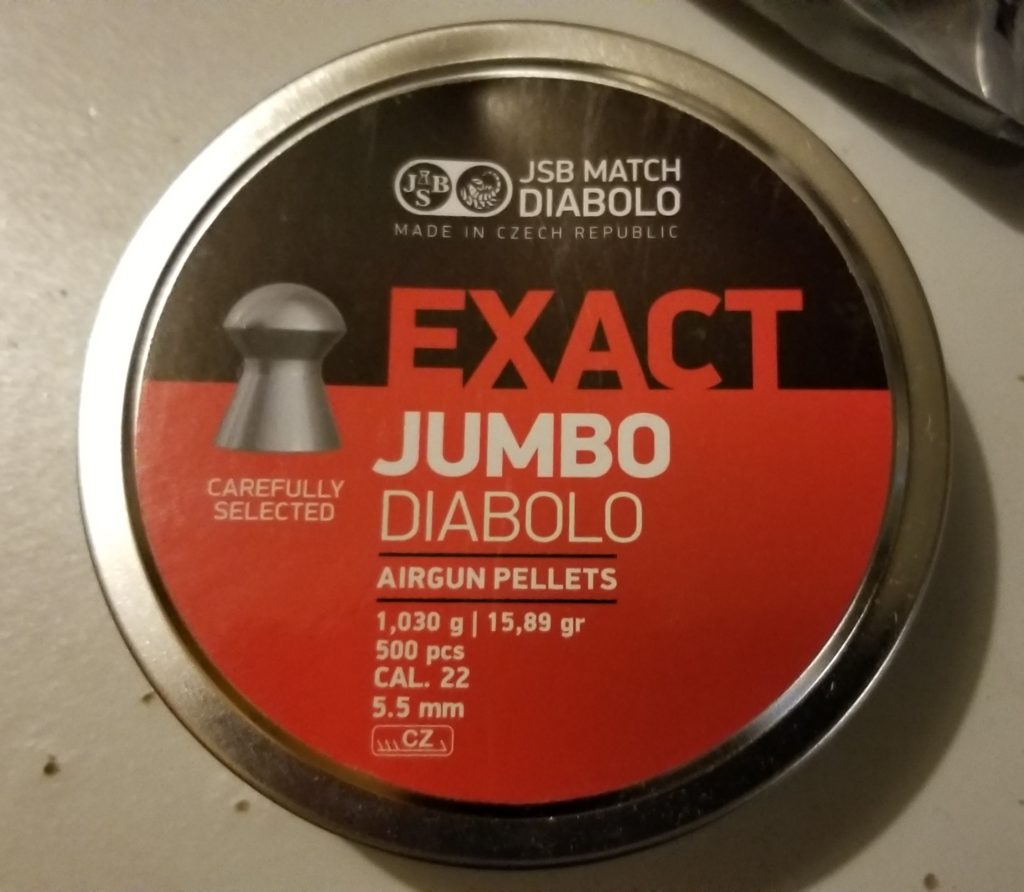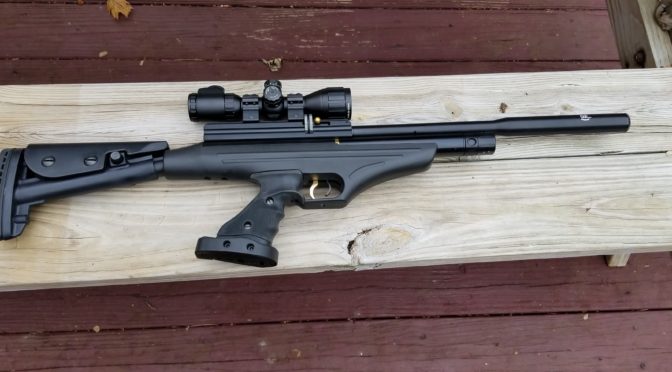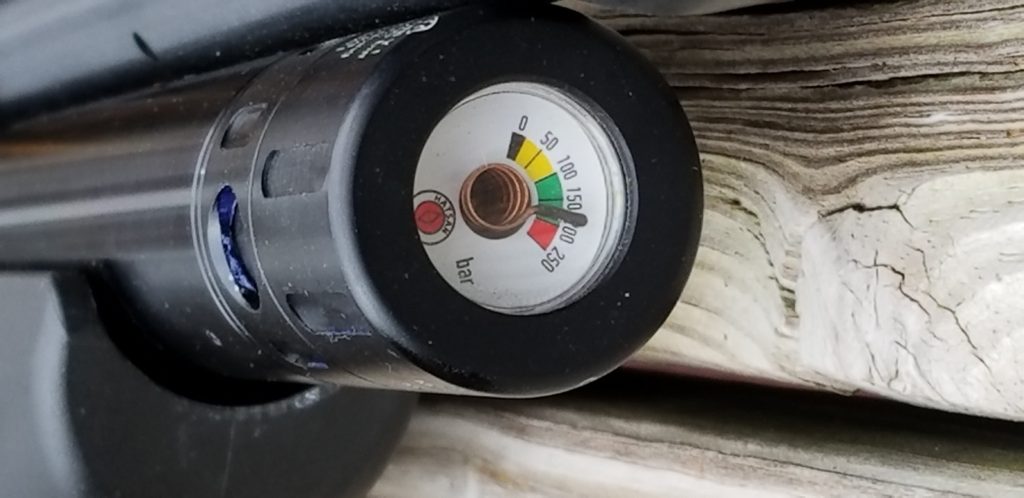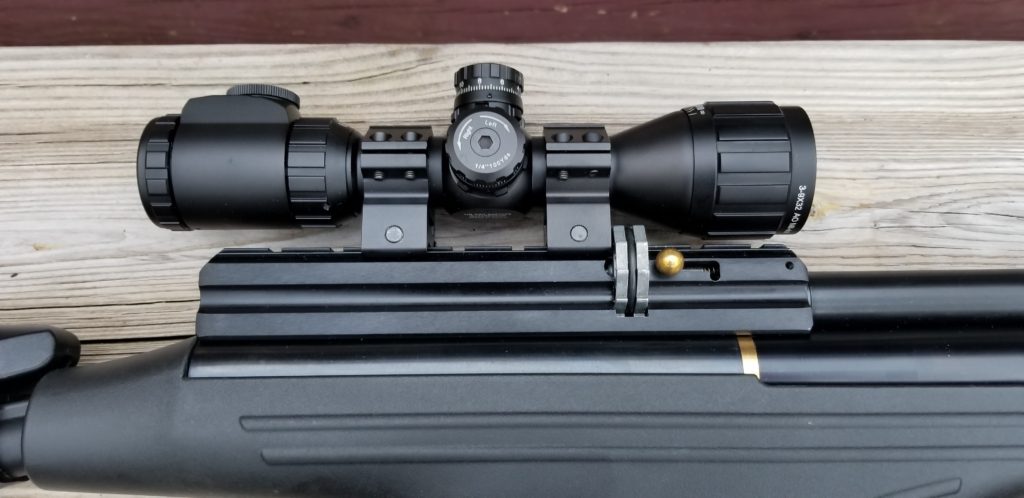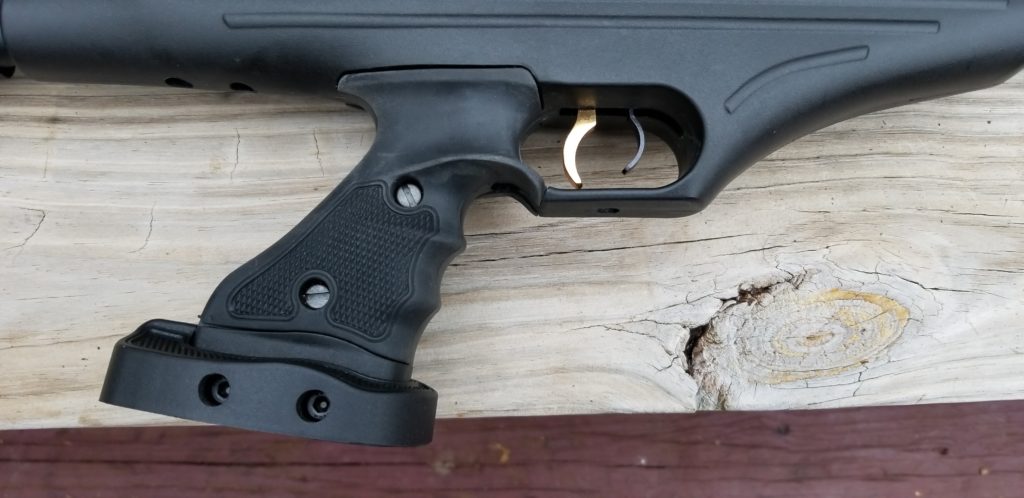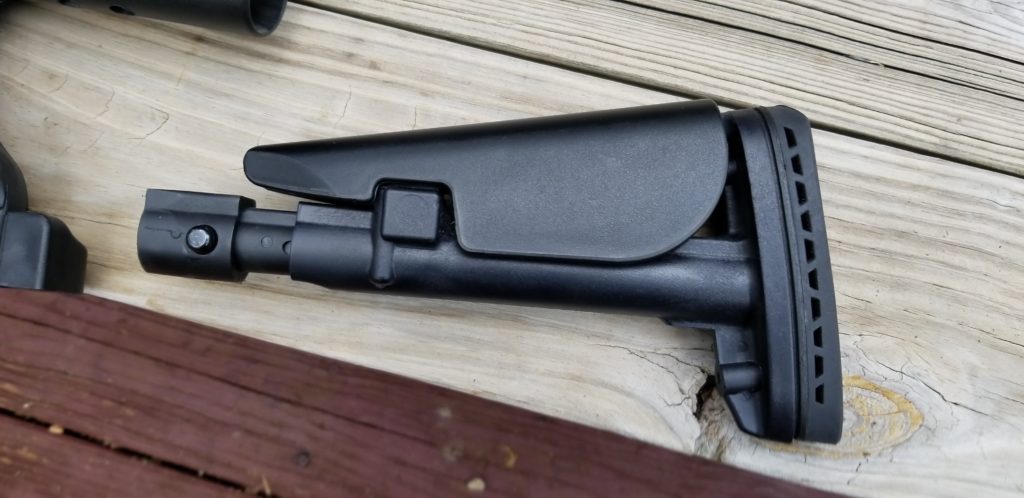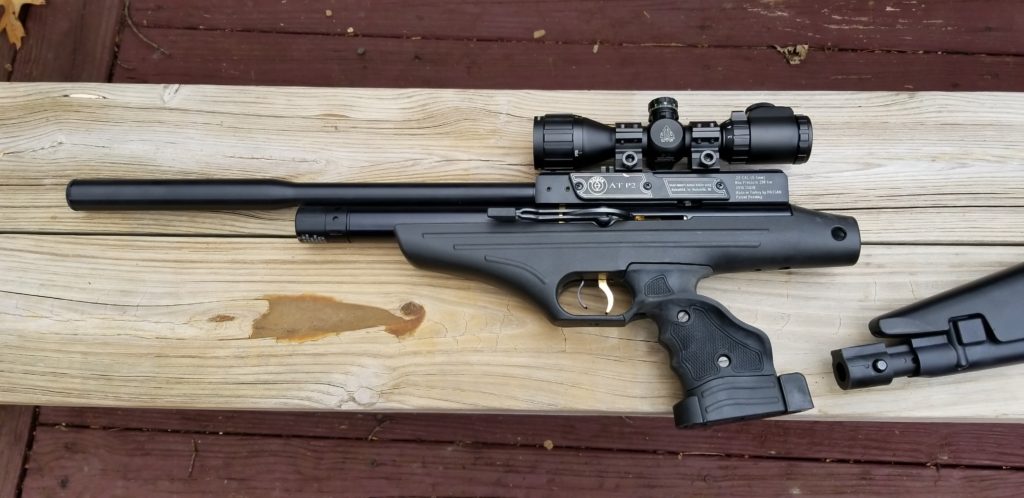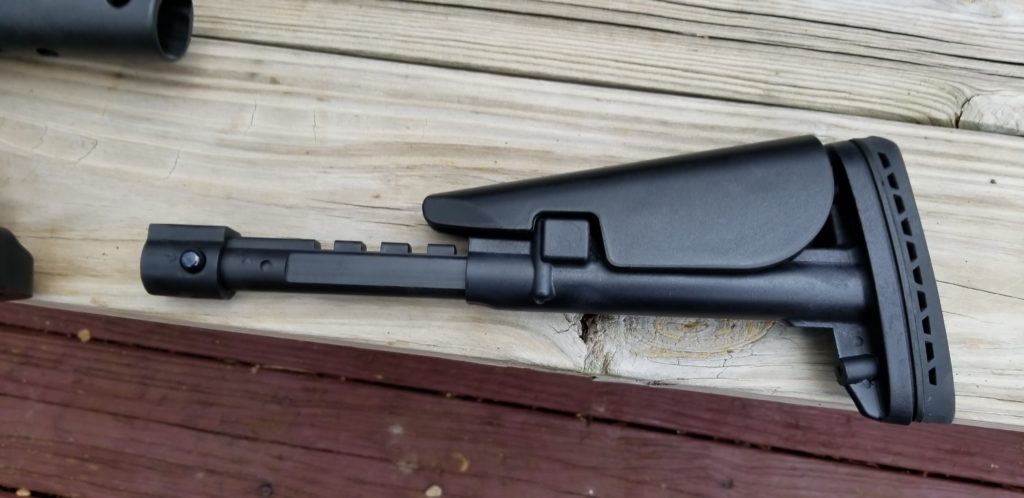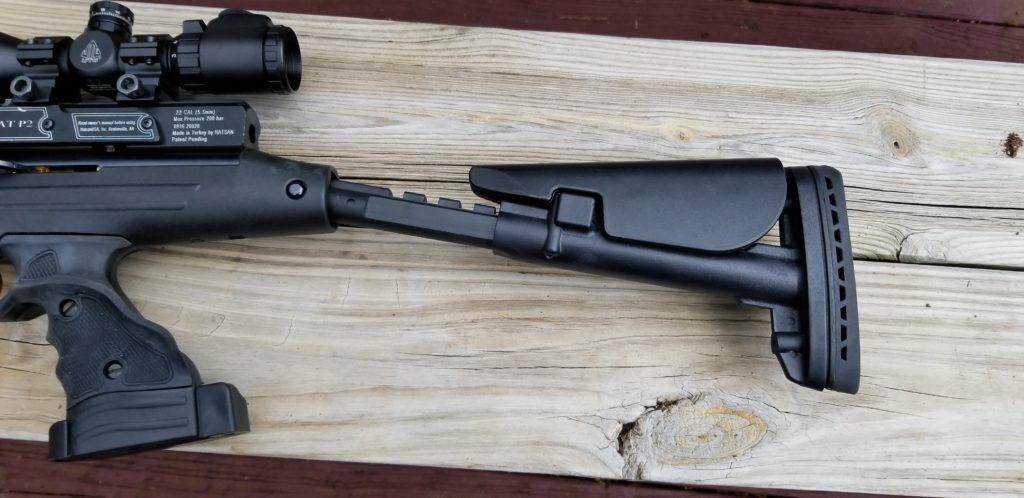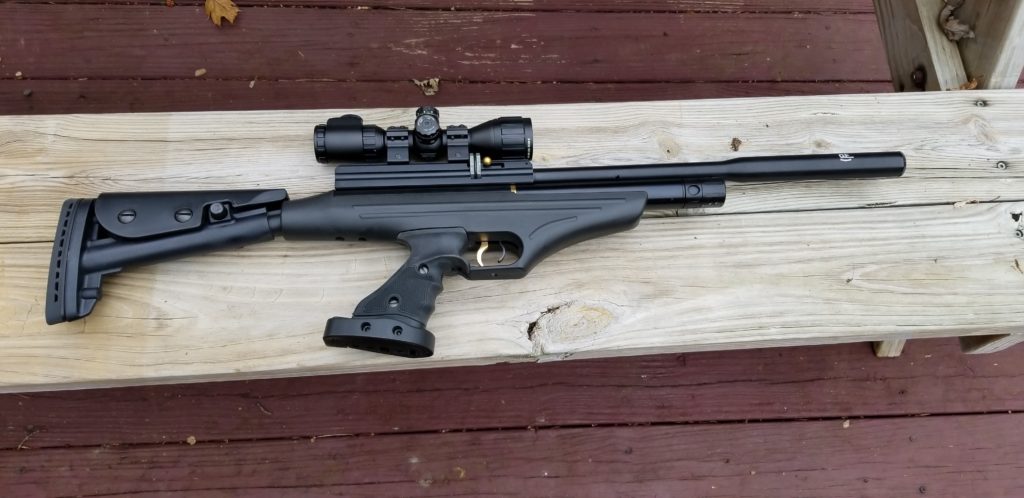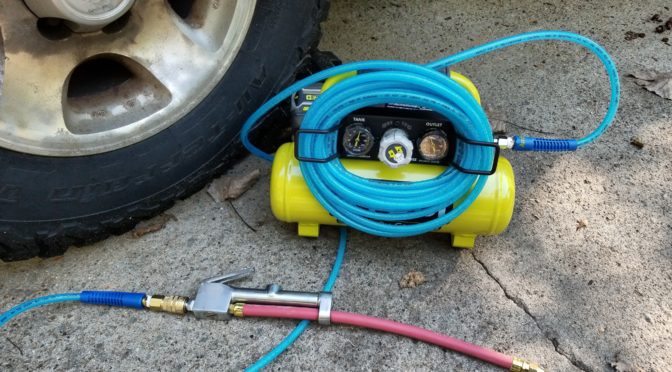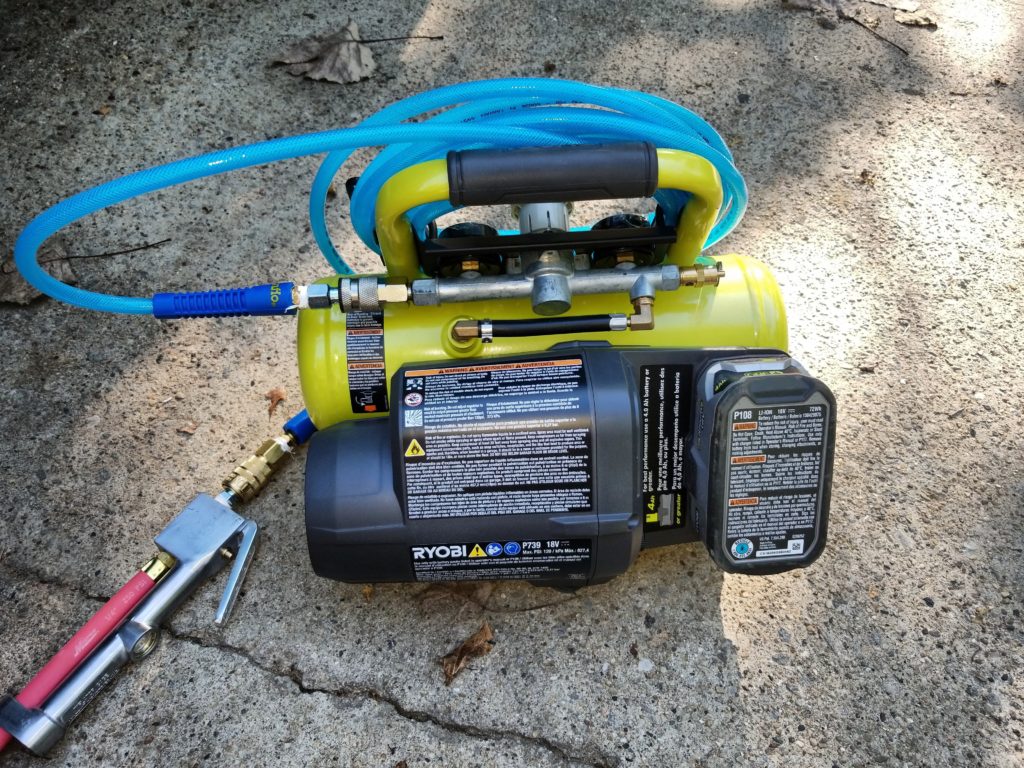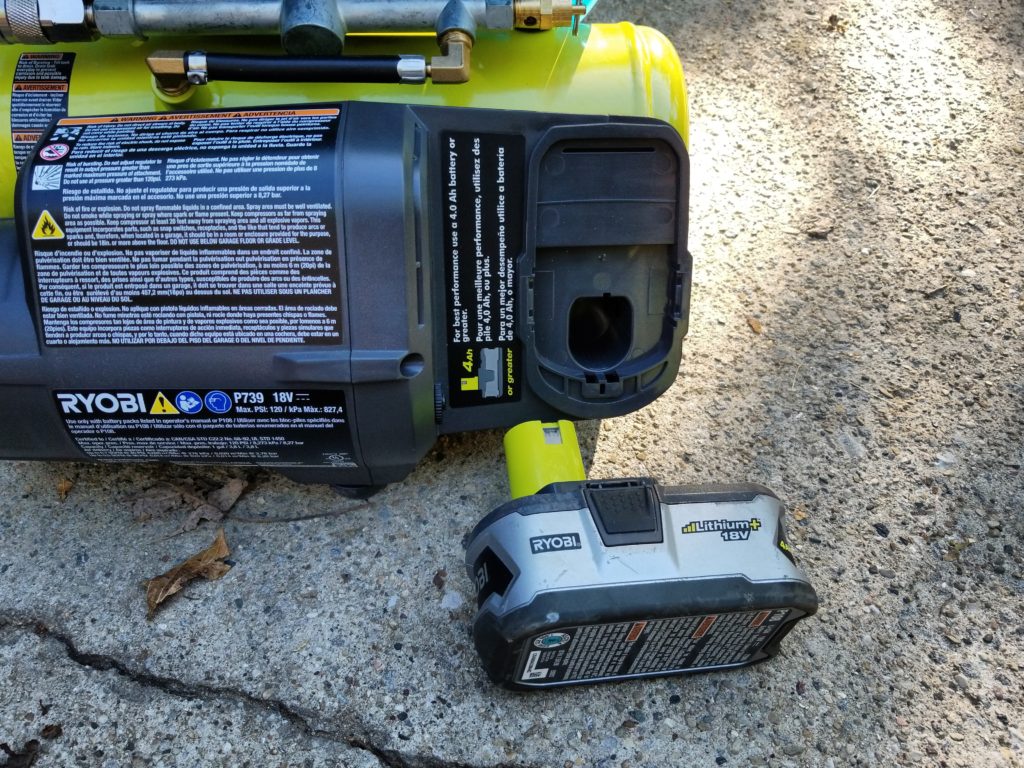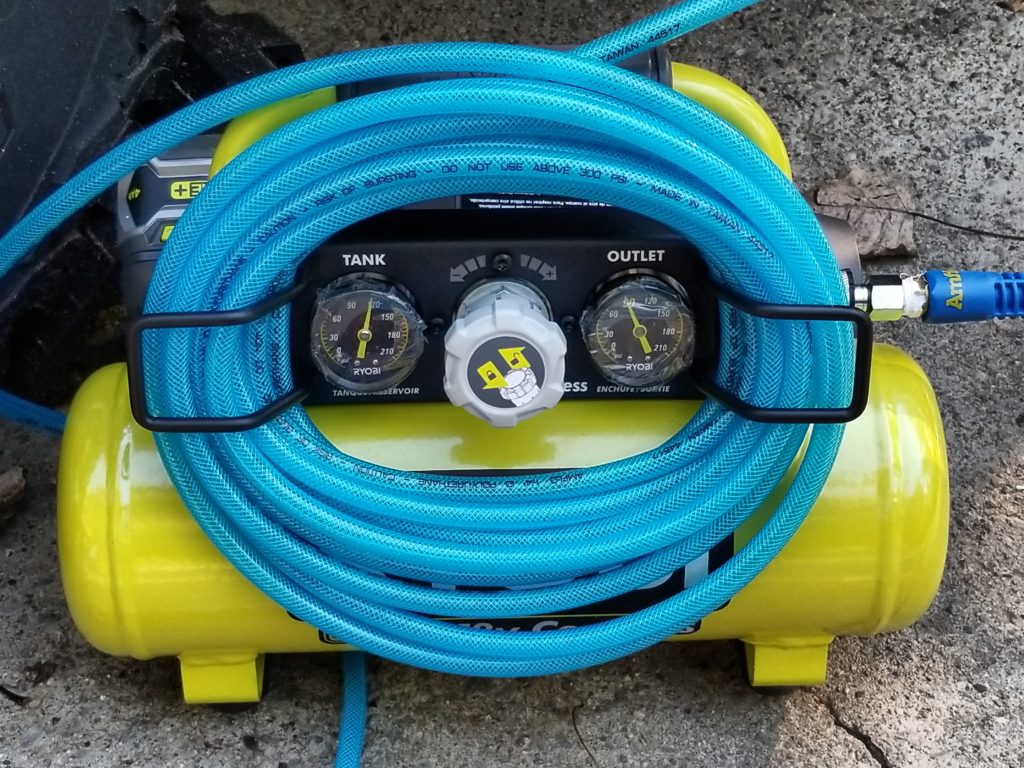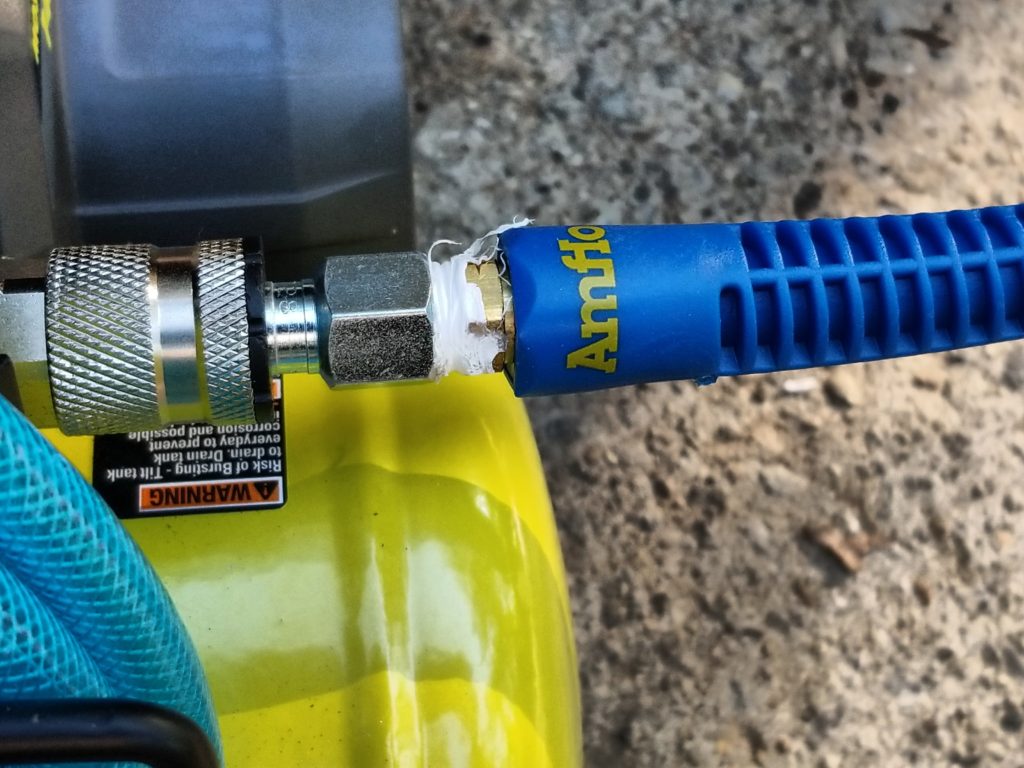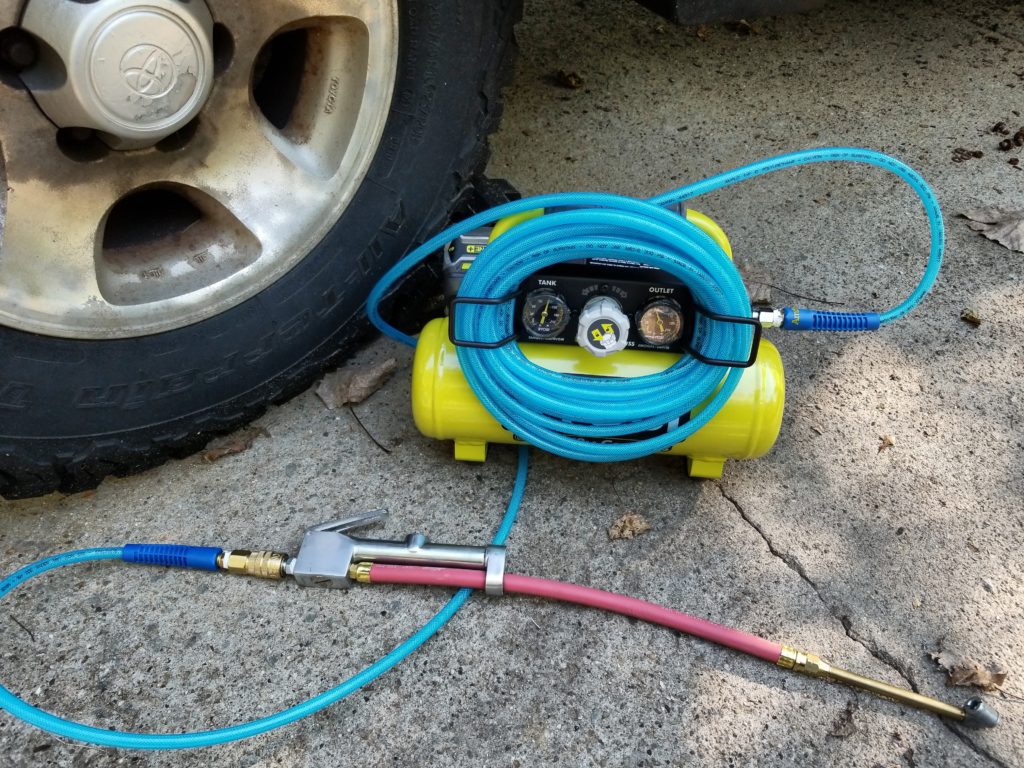Folks, I think Pre-Charged Pneumatic (PCP) airguns are awesome. They have an onboard high-pressure cylinder that holds enough air to shoot a certain number of rounds before needing to be recharged. After years of having your basic pneumatic and spring-piston air rifles, I bought my first PCP, a Hatsan Gladius Long in .22, back in May of 2017 and a Hill Mk IV hand pump. In this post I want to recap what your options are and then talk about move into the world of having my own compressor.
You Have Three Options To Fill PCP Airguns
To fill a PCP airgun, you have three options: own a hand pump, have an air cylinder or own a compressor. For almost three and a half years, I’ve used a Hill Mk IV hand pump to top off the Gladius and it has worked well. These pumps are like an old fashioned bike tire pump on serious steroids as they can enable you to fill a cylinder with thousands of pounds of air pressure. By the way, the secret to longevity with a hand pump is to keep the shaft lubricated to protect the O-rings with silicone grease and to not overheat parts if you are doing a lot of pumping.
The second option is to have an air tank that you would take to your local dive shop and have them fill it to 3,000 to 4,500 pounds. You would then use this to top off your airgun until it too was low and you’d go back to the dive shop to get the tank refilled. We do have a dive shop in the area but this never appealed to me because I didn’t shoot enough to need a tank vs. the hand pump. I also figured that I could use the hand pump any time day or night as needed. You can only refill an air tank if the dive shop is open or you own your own compressor.
Now, this brings us to the third option and that is to own a high pressure air (HPA) compressor. These are not what you get for a garage and air tools – those only go to 175-200 pounds. With PCP airguns, you are talking 3,000-4,500 PSI depending on the rating of the tank or airgun you are filling. What stopped many people for years was that these HPA compressors were a fortune and then crossed below $1,000 a few years ago and now you can see inexpensive units from China that are below $400 but they require water cooling, lubrication, and don’t always get good reviews (some do though).
In many cases, you get what you pay for. The decent HPA compressors start at $800 and go up from there. In 2019, I ran across an HPA compressor on Amazon that I had not heard about before – the manufacturer was Ankul and the model was the GX CS3 compressor. The price was around $500 and it was getting good reviews. At the time, I didn’t really need it so I added it to be “Save For Later” list in Amazon just in case.
Maybe 3-4 times since then, I would open up the listing and read the reviews. You know what? The reviews stayed solid over time. Ankul released an updated model that was air cooled – no more water to deal with – and it was self-lubricated and didn’t need the user to add oil or grease. What’s more, the reviews stayed positive – it scores a 4.6 out of 5 with 196 reviews. That’s pretty good. So guess what? I bought one.
| Please note that I paid full price for the compressor. This was not a paid review and I’ve never been contacted by the seller. This is my honest opinion based on my experience with the compressor – I will get a small commission if you actually order one of Amazon but that’s it. |
Introducing the GX GS3 PCP Air Compressor
Okay, there are a bunch of reasons why I bought this compressor in addition to the reviews and $499.99 price on Amazon:
- It can pressurize a cylinder to 4500 PSI
- It can run off house current with the supplied inverter or it can clamp to a 12 volt vehicle battery
- There is an automatic-off switch where you can set the pressure via a dial and when it reaches it, the unit shuts off. This gauge is labeled both with PSI and BAR increments.
- It has an integral filter for oil and water
- There are three over pressure safeties – the user sets the pressure on the dial plus there is both a safety valve and a burst disc to help prevent a catastrophe.
- They claimed the unit ran fairly quietly at 75 decibels (this puts it somewhere between average street noise or being in a shower at 70 db and city traffic or a vacuum cleaner being at 80)
- The unit is maintenance free – no water/antifreeze to deal with or oil or grease to add.
- The design was elegant with a spool on the side to hold the power cable, the high pressure hose could rotate and there was a carry handle
- The pump unit measures 10-3/4″ tall, 5-1/8″ wide and just under 9-1/2″ deep — it’s remarkably small – most of my laptop computer bags are bigger and these measures are based on my unit.
- The duty cycle is 30 minutes run-time and then 20 minutes to cool
- The unit only weighs 19 pounds 6 oz (I weighed my pump unit)
- The AC adapter is separate and measures about 8.85″ long x 4.52″ wide x 2.36″ tall and weighs 1 pound 14 oz with the cord.
Click here to see the compressor on Amazon.
| 2/8/23 Update: GX is really taking the affordable PCP high pressure compressor market seriously. The CS3 model, that this blog post is about, is aimed at 1.5 Liter and smaller air cylinders. They now have a CS4 aimed at tanks up to 6.8 Liters (I now have a CS4 and really like it) and they even have smaller and larger capacity units. By doing this, they are giving you a bunch of selections that you can choose from given the air capacity you need and your budget. Click here for the GX lineup on Amazon.com. |
Unboxing it
I ordered the unit on a Monday and it was delivered five days later on Saturday by UPS. The pump and power adapter were packed together in one amazingly well packed box. How often do you here somebody comment on a box? This thing was made from thick cardboard and was practically like opening a wood crate and inside was thick foam cushions protecting the air pump and power adapter from all angles.
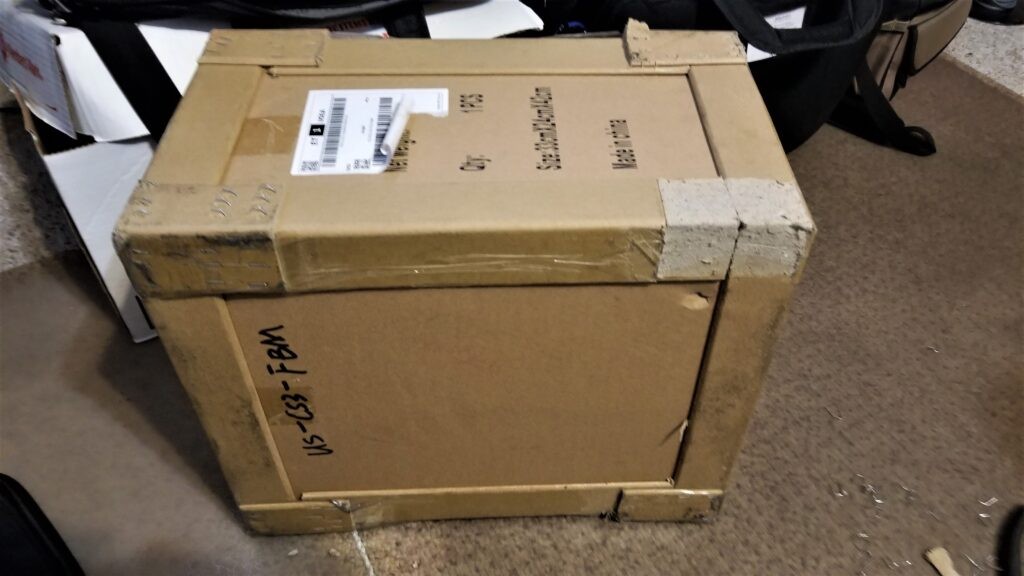

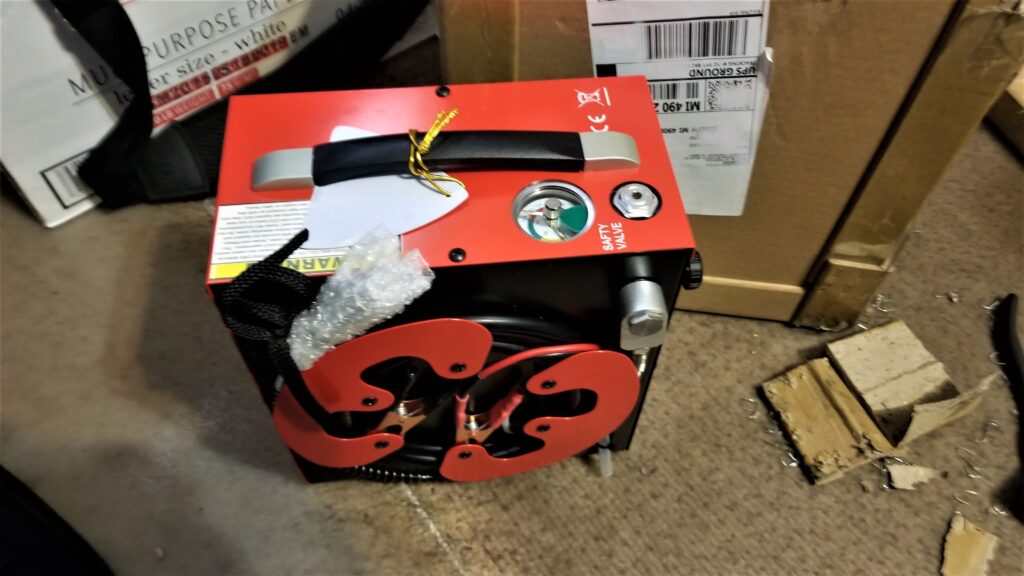
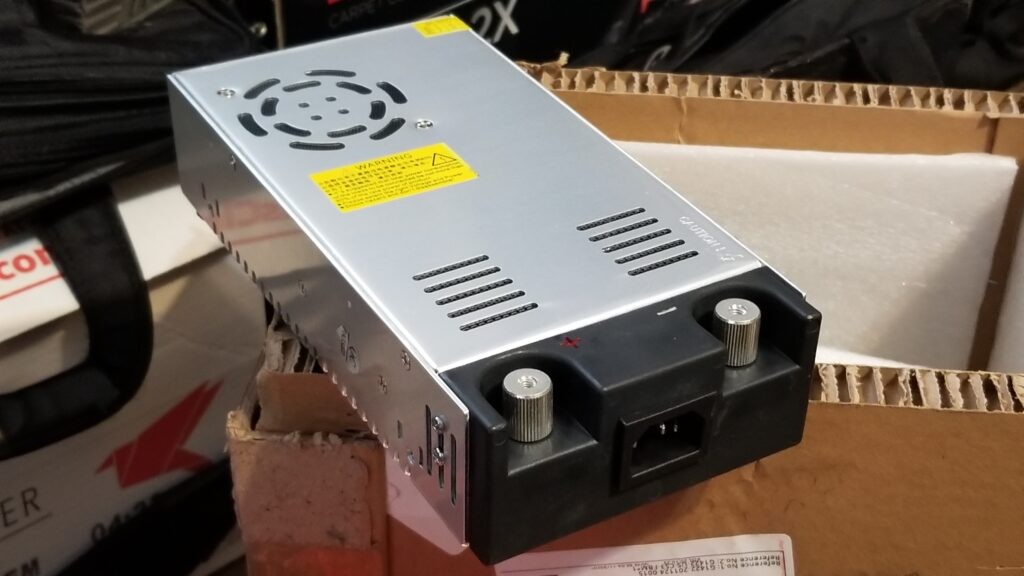
Video Of It Running
I’m going to put this video both here and in the set up blog post. Today, I recorded a quick video as I topped off my tank today – January 7, 2022. It ran for about 20 minutes as I took that tank from about 3,000 to 4,500 PSI.
When done, I let the unit’s fan run for about 10 minutes until the air coming out was cool again. Since the unit is air cooled, give it time for the fan to do just that. I also bled off the unit to replace air pressure and get rid of any condensation.
Note the odd double filter rig I am running in the video – that’s just because the double-male Foster fitting will not seat all the way in the big filter’s female fitting. I need to replace it with an Air Venturi brand fitting some day when I have time.
Safety comment: Never try to force fittings apart after a fill. Most likely there is high pressure air that needs to be bled out of the lines. With that big inline filter, the output side from it to the tank stays under pressure so I need to bleed down both the compressor and tank sides before I can safely disconnect the various fittings. Just remember to think things through carefully before you force a fitting off – high pressure air dangerous.
Conclusion
https://blog.roninsgrips.com/setting-up-and-testing-the-gx-cs3-pcp-air-compressor/The unit arrived in great shape and as described. In the next post, I’ll review how to set up, test and use the unit. Again, here’s the link on Amazon and I will jump ahead a bit and tell you that I recommend the unit based on my experience with it so far:
Here are the GX compressors from the CS4 down to the CS1
- GX CS4 – 6.8L tanks, fluid cooled, longer run time, 5800 PSI/40Mpa – External 12 volt power supply [My current compressor]
- GX CS3 – 1 liter tanks, air cooled, 4500 PSI/30Mpa – External 12 volt power supply [I used this and now my friend has it]
- GX CS3-I – 1 liter tanks, air cooled, 4500 PSI/30Mpa – Internal power supply [I used the regular CS3 but they are the same other than the power supply]
- GX CS2 – .5 liter tanks, air cooled, 4500PSI/30Mpa – 12 volt or 110 AC [I have not used this one]
- GX CS1-I – .5 liter tank, air cooled, , 4500PSI/30Mpa, 12 volt or 110AC internal power supply [I have not used this one]
- FastToBuy 30Mpa Oil Water Filter – Not a GX product but I recommend this filter and you need one between the compressor and your tank or PCP airgun. You will need an extra hose from it to your tank or airgun plus the proper fittings.
2/4/23 – GX has released the CS4. The CS3 is aimed at 1.5L and smaller cylinders. The CS4 can handle 6.8L cylinders as it is water cooled. You have two options now. Click here for a new blog post about the CS4.
9/15/2022 Update: They now also have a version of the compressor, the CS3-I, that includes the 120 volt AC power unit inside the compressor. It’s getting good reviews so far – the only thing that is different is there integrating the AC power into the unit.
01/07/2022 Update: Just topped off my tank. Still working just fine. Added a video above so folks can see and hear it run.
10/23/2021 Update: Still no problems. I’m very happy with this purchase. So you know, at this point I am using 1-2x per month to refill my Omega bottle. I’m not shooting as much as I was earlier this summer.
3/4/2021 Update: Still no problems at all. I use my Omega 18 cu ft air tank to top of the FX Compact Impact until it gets down and then I use the GX GS3 to top the bottle back off. I’m really pleased with how this has worked out.
2/2/2021 Update: The compressor is still working great. No problems at all!
2/4/2023 Update: Still working just fine!
Note, I have to buy all of my parts – nothing here was paid for by sponsors, etc. I do make a small amount if you click on an ad and buy something but that is it. You’re getting my real opinion on stuff.
If you find this post useful, please share the link on Facebook, with your friends, etc. Your support is much appreciated and if you have any feedback, please email me at in**@*********ps.com. Please note that for links to other websites, we are only paid if there is an affiliate program such as Avantlink, Impact, Amazon and eBay and only if you purchase something. If you’d like to directly contribute towards our continued reporting, please visit our funding page.
Here are some well rated hand pumps on Amazon. While I do not have personal experience with them, they do get good reviews:
